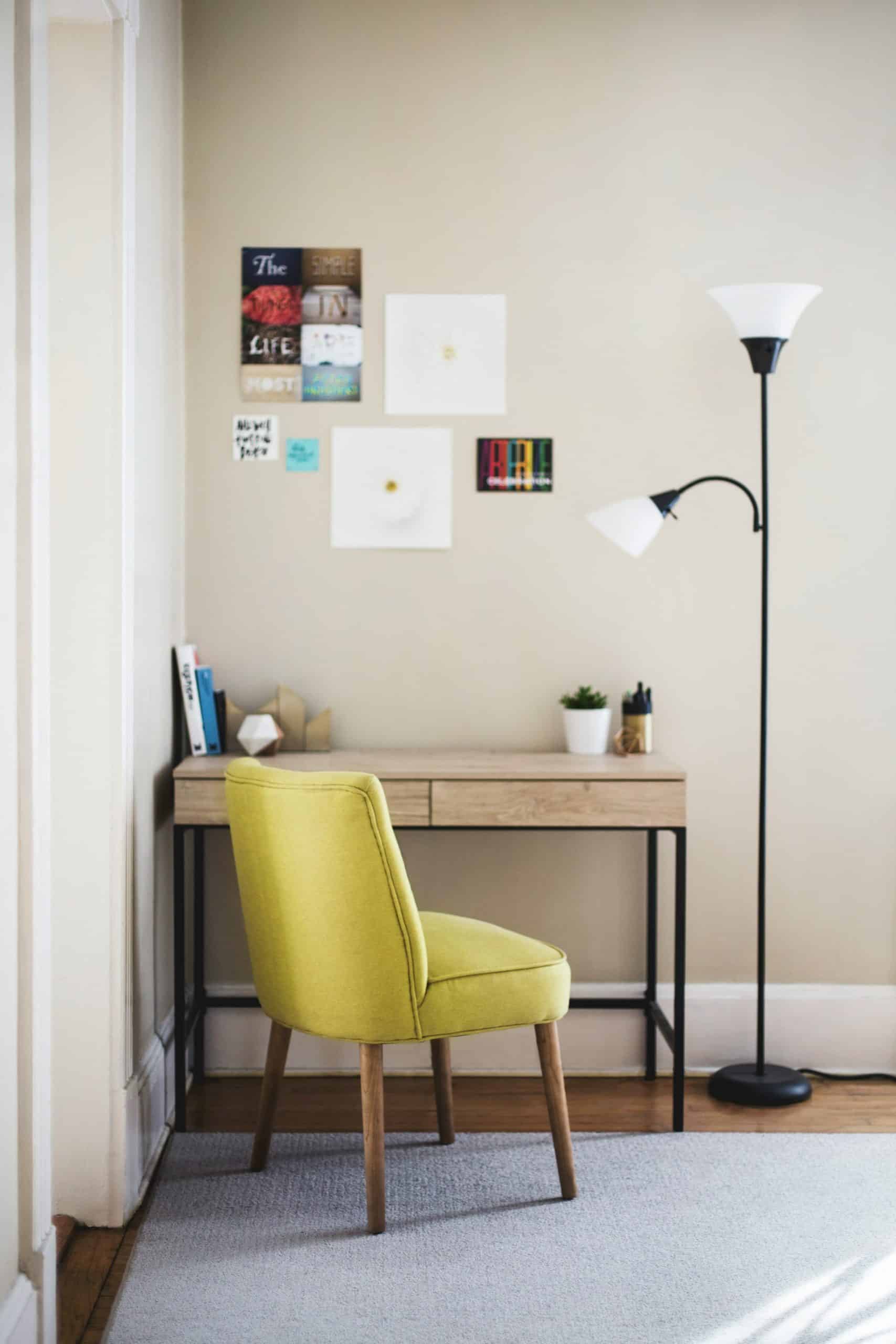What’s the Best Approach to Waterproofing a Garden Shed in the UK?

In the UK, where rain is a constant and often unwelcome guest, ensuring that your garden shed remains dry and moisture-free is vital. This task can be a bit daunting, especially when you think about the constant assault from the elements. Yet, by choosing the right materials and taking the correct precautions, you can protect your shed from water damage and ensure its longevity. We’ll walk you through the best approach to waterproofing your garden shed, focusing on key areas such as the roof, walls, and base. This guide will help you understand how to use materials like felt and EPDM and techniques like roofing and waterproofing to keep your wooden shed dry and rot-free.
Choosing the Right Shed Base
Your shed base is like the foundation of a house; it’s what keeps your structure grounded and stable. A good base will keep the shed off the ground and away from water, preventing moisture seepage from below. When selecting a base, consider materials that are durable and water-resistant, such as concrete, paving slabs, or specially designed shed bases from companies like Permaroof.
Cela peut vous intéresser : How Can You Enhance Indoor Air Quality with a Salt Lamp and Air-Purifying Plants?
Shed bases should be installed on level ground to ensure stability and allow for proper water runoff. Adding a layer of gravel beneath the base can help improve drainage and further protect your shed from groundwater. Remember, spending time on creating a good base will save you time and money in the long run as it helps to prevent water damage and wood rot.
Investing in Quality Roofing
The roof of your shed is your primary defense against rainwater. Therefore, it must be both sturdy and waterproof. Two common materials used for shed roofs are roofing felt and EPDM (ethylene propylene diene monomer). Both materials offer waterproofing qualities, but offer different levels of durability and longevity.
A lire en complément : What’s the Best Method for Growing an Indoor Mushroom Farm in a Kitchen?
Roofing felt is a traditional choice for shed roofs. It’s relatively easy to install and does a decent job of repelling water. However, felt can deteriorate over time, requiring replacement every few years. On the other hand, EPDM is a synthetic rubber roofing membrane that is extremely durable and resistant to all types of weather conditions. It’s a more expensive option but can last up to 50 years with minimal maintenance.
Regardless of the material you choose, ensure that your roof has a sufficient slope to allow water to run off easily. Pooled water can seep through even the most waterproof of materials over time.
Waterproofing the Walls
The walls of your shed, like the roof, are an important barrier against rainwater. Most garden sheds are made of wood, which while aesthetically pleasing, can be susceptible to water damage and rot. Fortunately, there are several ways to waterproof wooden shed walls.
Applying a waterproof sealant is the first line of defense. This will create a barrier that repels water, protecting the wood from moisture. For an extra layer of protection, consider installing cladding. This acts like a raincoat for your shed, directing water away from the wooden walls. As with the roof, ensure that any openings, like windows or doors, are properly sealed to prevent water seepage.
Regular Maintenance is Key
Even with the best waterproofing measures in place, regular maintenance is essential to keep your shed dry. Over time, waterproof seals can break down, and small cracks or holes can appear. Regularly inspect your shed for any signs of water ingress or damage.
Make it a habit to check the roof and walls after heavy rain or storms. Clear any debris from the roof and around the base of the shed to prevent water pooling. If you spot any damage or signs of water seepage, address them immediately.
In summary, waterproofing your garden shed in the UK involves careful consideration of the base, roof, and walls. The right materials, combined with regular maintenance, will help keep your shed dry and extend its lifespan. Remember, a dry shed is a happy shed, so invest the time and effort to ensure it stays that way.
The Importance of using Pressure Treated Wood
The material you use to build your shed can drastically affect its susceptibility to water damage. In the UK, the most commonly used material for garden sheds is wood, primarily for its natural look and affordability. However, wood can be highly susceptible to rot and decay when exposed to moisture. This is why using pressure treated wood can be a game changer for your shed’s durability.
Pressure treated wood undergoes a process where it’s infused with preservative chemicals under high pressure. This treatment strengthens the wood and makes it resistant to rot, decay, and insect damage. A pressure treated shed will have far greater longevity and resistance to the elements compared to one made from untreated wood. This makes pressure treated wood a fantastic choice for both the walls and the base of your shed.
In addition to using pressure treated wood, applying a water repellent sealant to your shed walls can provide an additional layer of protection. This sealant can be easily brushed onto the wood and will help to shield it from moisture damage. Regularly reapplying this sealant is also an important part of your shed maintenance routine.
Taking Advice from the Professionals: The Permaroof Team
When undertaking a DIY shed waterproofing project, don’t hesitate to seek advice from professionals. The Permaroof Team, for example, offer flat roofing solutions and can provide expert guidance on using EPDM rubber for your shed roof.
EPDM rubber is a highly durable, synthetic material that is resistant to UV radiation, temperature fluctuations, and, importantly, water. If installed correctly, it can provide an effective and long-term waterproof solution for your shed roof. With its lifespan of up to 50 years, it is a great investment for the long term protection of your shed.
The Permaroof Team can guide you through the process of installing an EPDM rubber roof, ensuring you have all the necessary tools and knowledge to get the job done right. Their advice can be invaluable in helping you to create a truly waterproof shed.
Conclusion: Keep Your Shed Dry for Long-Term Benefits
In conclusion, waterproofing your garden shed in the UK involves careful planning, the right materials, and regular maintenance. From selecting a water-resistant shed base, a durable roofing material, pressure-treated wood for your shed walls, to regular checks for water damage, these measures will significantly increase the lifespan of your shed.
The effort and investment in creating a waterproof shed pays off in the long term, not only by increasing the lifespan of your shed but also by providing a dry, safe space for storage or other activities. Following this guide and taking garden advice from professionals like the Permaroof team, will help you to keep your shed in tip-top condition, no matter the weather conditions. As we always say, a dry shed is a happy shed!
